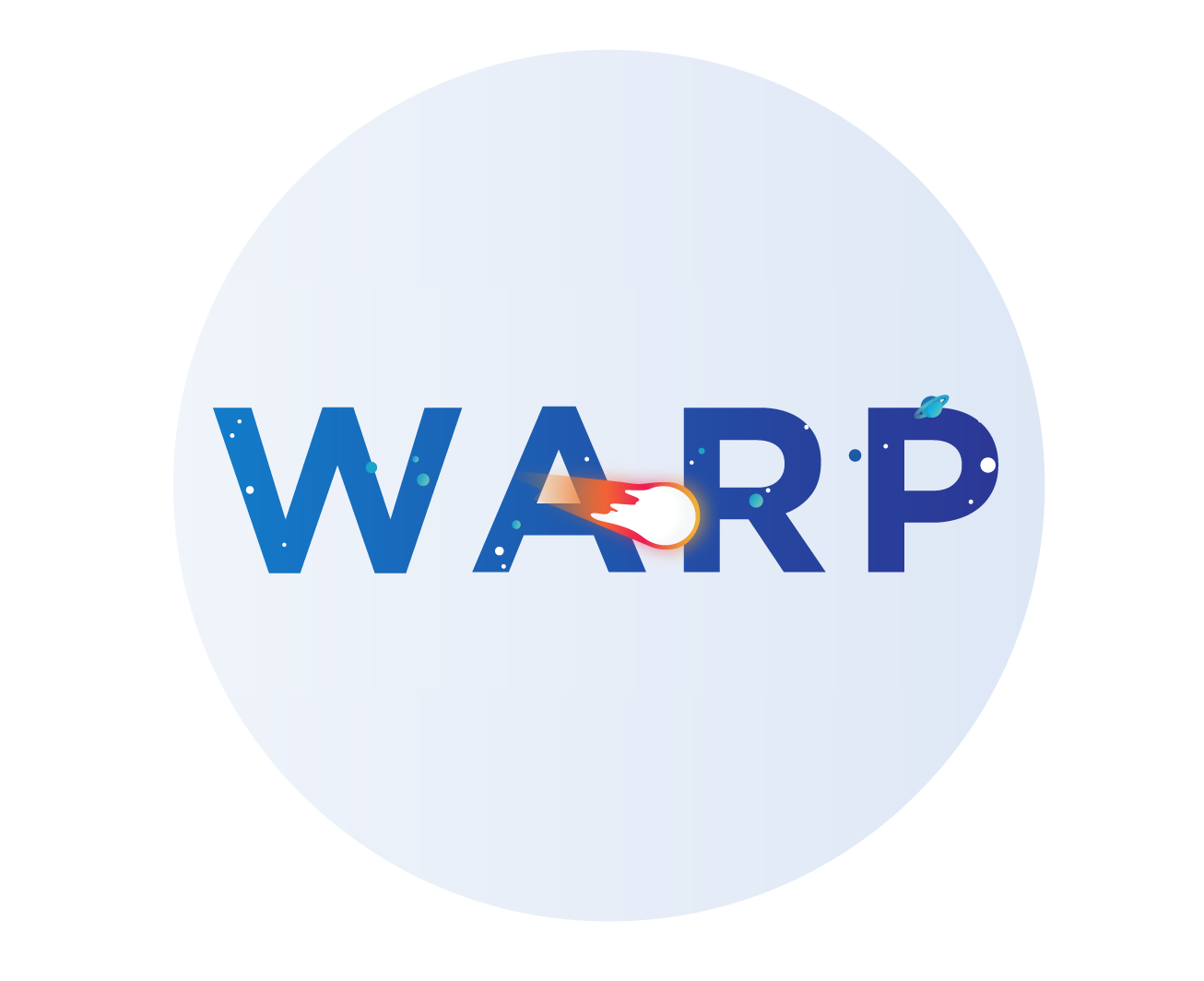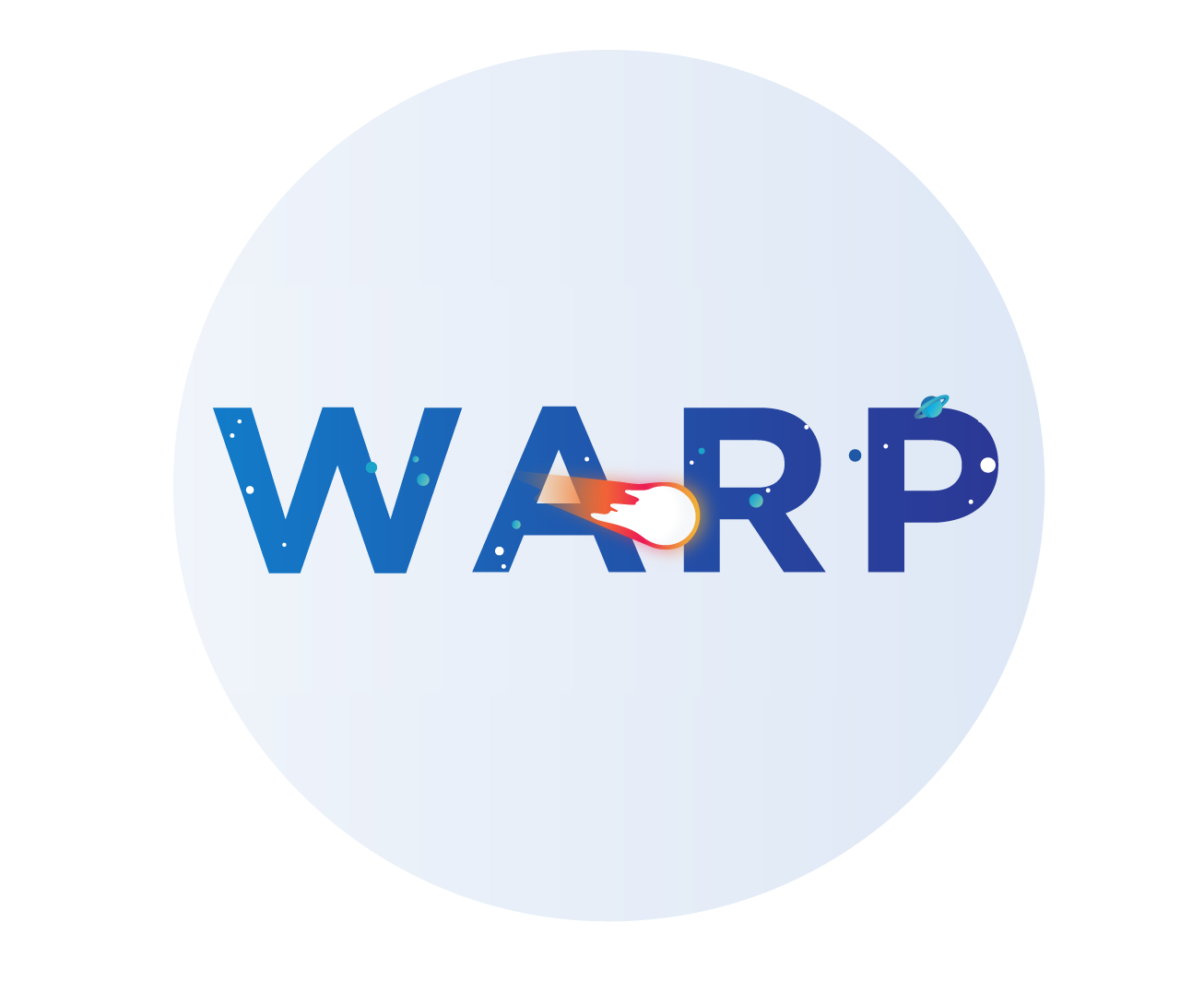0
The open source
Host sFlow agent incorporates technologies that address the
challenges of microservice monitoring; leveraging recent enhancements to
Berkeley Packet Filter (BPF) in the Linux kernel to randomly sample packets, and
Asynchronous Docker metrics to track rapidly changing workloads. The continuous stream of real-time telemetry from all compute nodes, transported using the industry standard
sFlow protocol, provides comprehensive real-time cluster-wide visibility into all services and the traffic flowing between them.
The Host sFlow agent is available as pre-packaged rpm/deb files that can be downloaded and installed on each node in a cluster.
sflow {
collector { ip=10.0.0.70 }
docker { }
pcap { dev=docker0 }
pcap { dev=docker_gwbridge }
}The above
/etc/hsflowd.conf file, see
Configuring Host sFlow for Linux via /etc/hsflowd.conf, enables the
docker {} and
pcap {} modules for detailed visibility into container metrics and network traffic flows, and streams telemetry to an sFlow collector (
10.0.0.70). The configuration is the same for every node making it simple to install and configure Host sFlow on all nodes using orchestration software such as Puppet, Chef, Ansible, etc.
The agent is also available as the pre-build
sflow/host-sflow image,
Continue reading







